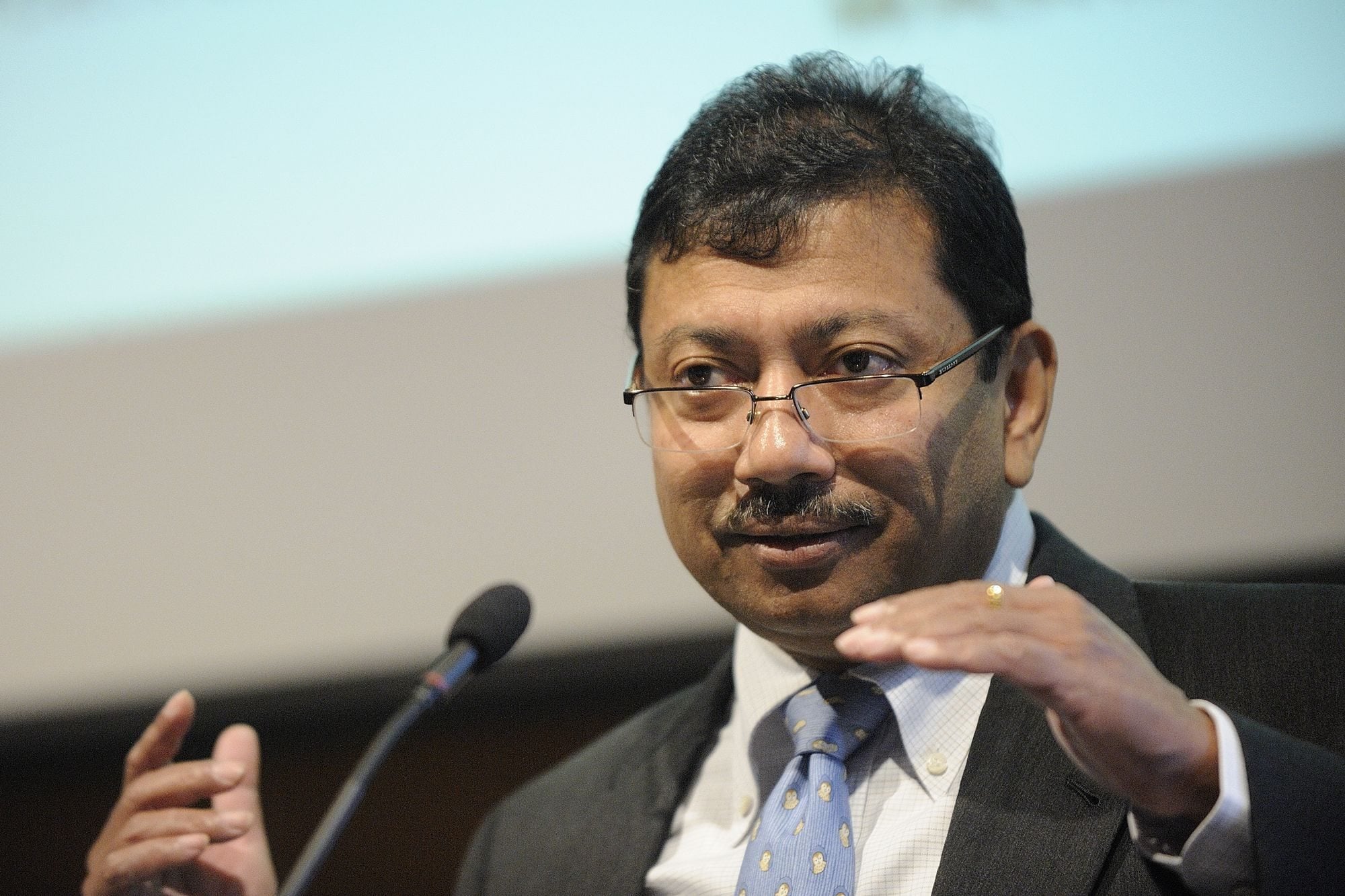Southwest Washington legislators reacted cautiously Thursday to the latest state revenue forecast, which predicts state revenues will drop by another $122 million between now and mid-2013 even under a relatively optimistic scenario.
State economist Arun Raha told the Economic and Revenue Forecast Council that in the two months since the September forecast, “there have been no unpleasant surprises,” despite the high level of uncertainty in the economy as a whole.
“The biggest threats to the U.S. economy remain the sovereign debt crisis in southern Europe and the political gridlock in Washington, D.C., that has fiscal policy sitting it out on the sidelines,” Raha said. Continued turbulence in European markets could plunge the United States into a new recession, he said.
Those uncertainties have led to a steady erosion of both consumer and business confidence, he said.
Washington’s projected budget deficit will grow slightly, from $1.3 billion to nearly $1.4 billion, if lawmakers use $91 million in reserves to help balance the budget, Raha said. If those reserves aren’t tapped, the deficit will climb to $1.6 billion by mid-2013, the end of the current budget cycle, he said.
Replenishing the rainy day reserve fund would bring the state’s budget gap to slightly more than $2 billion, the amount Gov. Chris Gregoire and legislators already expected they’ll have to fill when lawmakers meet in a monthlong special session beginning Nov. 28.
“This is not a material change,” state budget director Marty Brown said after the presentation.
But Raha offered a word of caution, warning that an “extremely high level of downside uncertainty” could undo his predictions. Though there is a 50 percent chance that Thursday’s forecast will hold true, he said, there is a 40 percent chance that revenue could plummet by another nearly $2 billion over the next two years.
State Rep. Ed Orcutt, R-Kalama, who chairs the council, cautioned legislators “not to get bogged down in the numbers game” but to focus on promoting job growth during the special session.
“We cannot wait until the 2012 regular session to implement legislation that will help get folks working again,” Orcutt said in a statement. “Job growth is stagnant. Businesses lack the certainty and the access to capital they need to expand operations and begin hiring again.”
Rep. Ann Rivers, R-La Center, agreed.
“We have to do what we can do to put people back to work,” she said. “That’s the one thing we can control.”
Sen. Joe Zarelli , R-Ridgefield, also a member of the Forecast Council, said the state should prepare for a worst-case scenario.
“Our state has now gone four years without a positive revenue forecast,” he said in a statement. “It will be a great day when that unhappy streak ends; but in the meantime, the Legislature would be wise to take a pessimistic approach and assume revenue collections will remain flat, at best.”
Senate Majority Leader Lisa Brown, D-Spokane, and Sen. Ed Murray, D-Seattle, chairman of the budget-writing Senate Ways and Means Committee, issued a somber statement.
“To families who are sending their children into more crowded classrooms, who are paying much more for their college classes, or who have seen the options for caring for an ill relative diminish, today’s forecast is no surprise,” they said. “Their economic situation has not improved, and neither has Washington’s.”
They noted that in the three years since the Great Recession began, the state has cut $10 billion in public services.
Rep. Jim Moeller, D-Vancouver, struck a positive note.
“I guess we can take solace in the fact that forward motion, however halting it might be, is better than no motion at all,” he said. “Washington should fare better than most of the rest of the nation as we grind our way through this financial quagmire.”
He called for a bipartisan approach to addressing the looming shortfall. “We must not pit the health, safety and well-being of one vulnerable group against the health, safety and well-being of other vulnerable groups,” he said. “We are one Washington, and we don’t turn our backs on neighbors in need.”
The forecast underscored the extent to which the state’s economy recovers in the near term is largely beyond its control.
“The main threats to Washington’s economy today lie well outside our region,” Raha said. “It seems that for every step forward that Europe takes in resolving its financial mess, it takes a half-step backward, adding to global financial volatility and nervousness.”
Similarly, political gridlock in Washington, D.C., and specifically the apparent likelihood of failure of the congressional supercommittee to agree on federal spending cuts of more than $1 trillion by a Thanksgiving deadline, are heightening the uncertainty, Raha said. “We won’t know until later this month what kind of debt reduction strategy will be agreed upon or the magnitude of the spending cuts or tax increases.”
Some of the most striking statistics in the report had to do with job growth in the wake of widespread layoffs of public employees. Forecasters had expected a modest gain of 3,600 jobs statewide in September and October, Raha said. Instead, while the private sector added 5,600 jobs, those were almost entirely offset by the loss of 5,100 government jobs, mostly in state and local education, leaving a net gain of just 500 new jobs.
Estelle Gwinn of The Columbian and The Associated Press contributed to this report.



